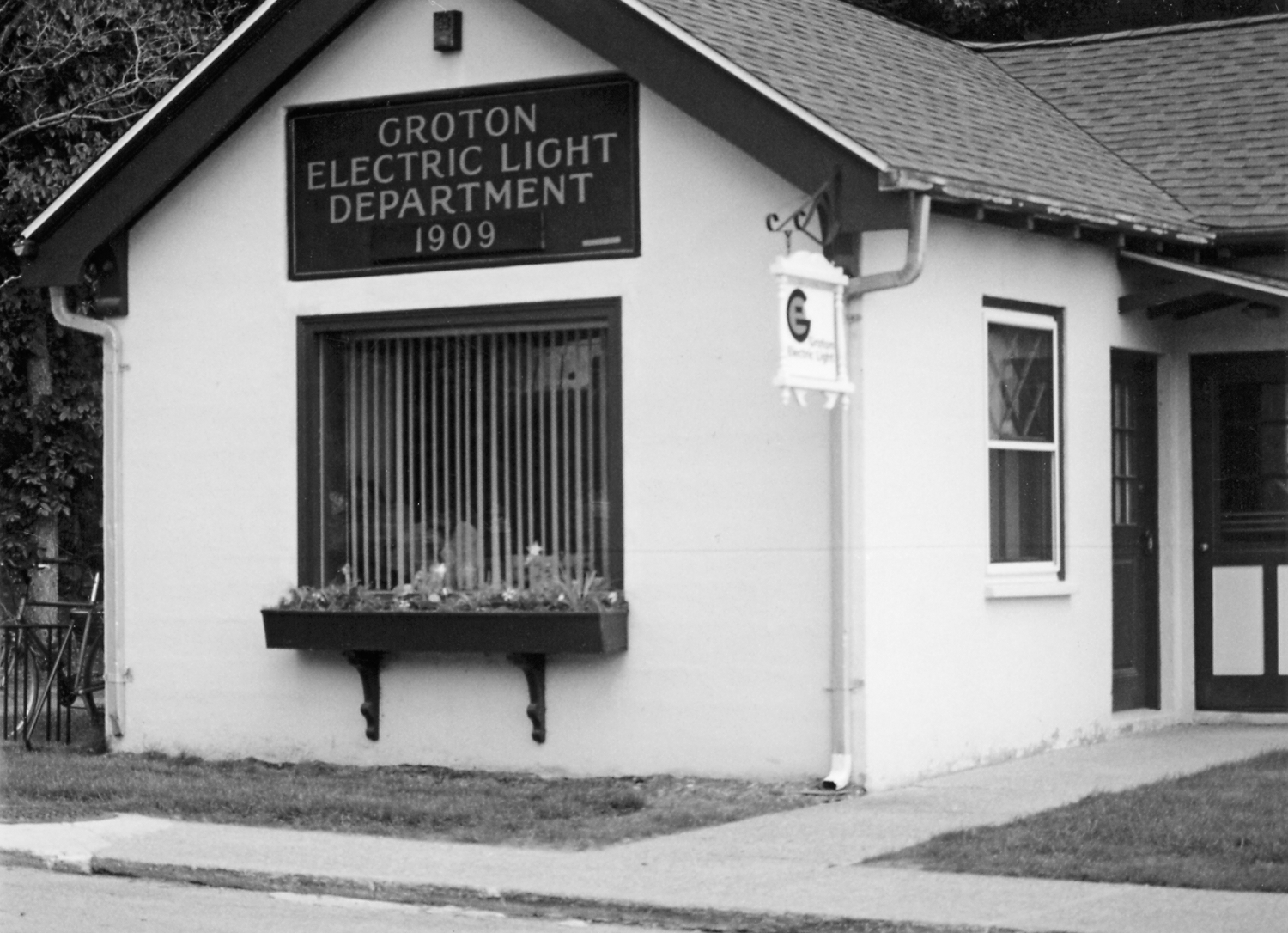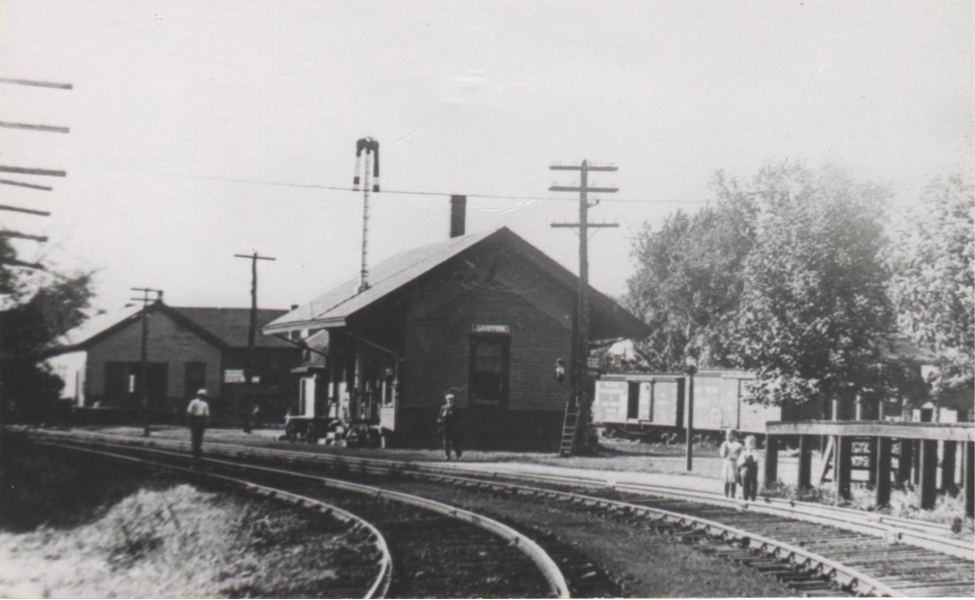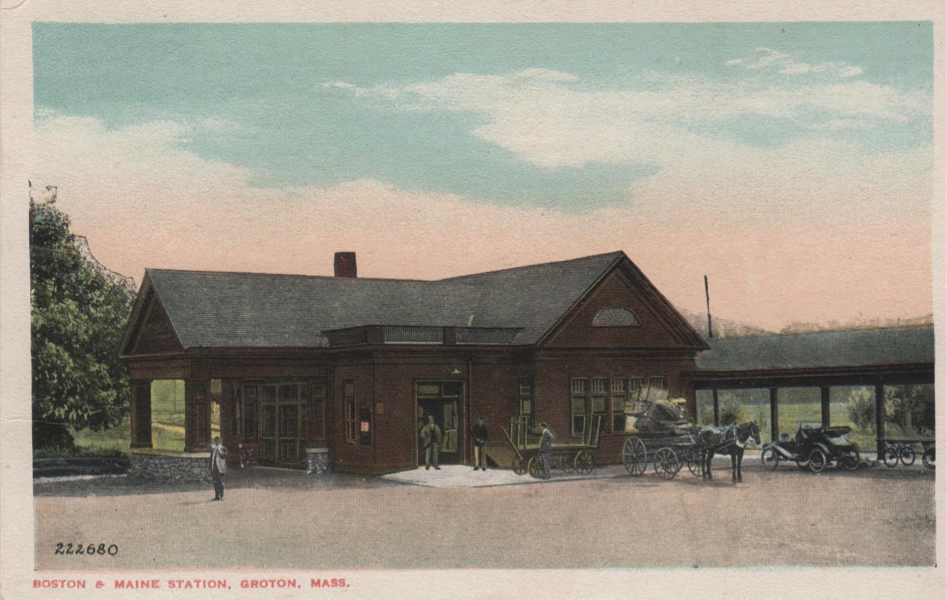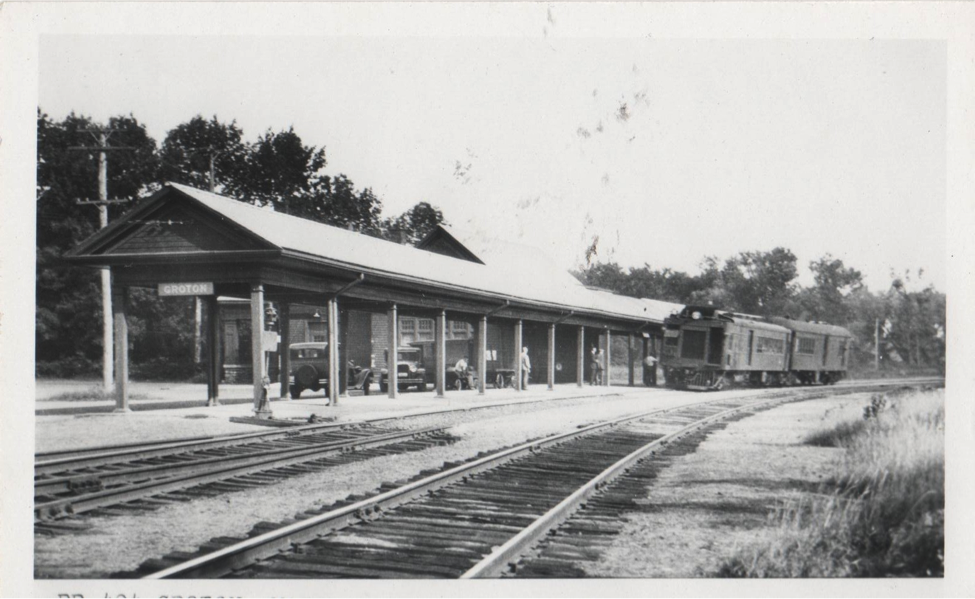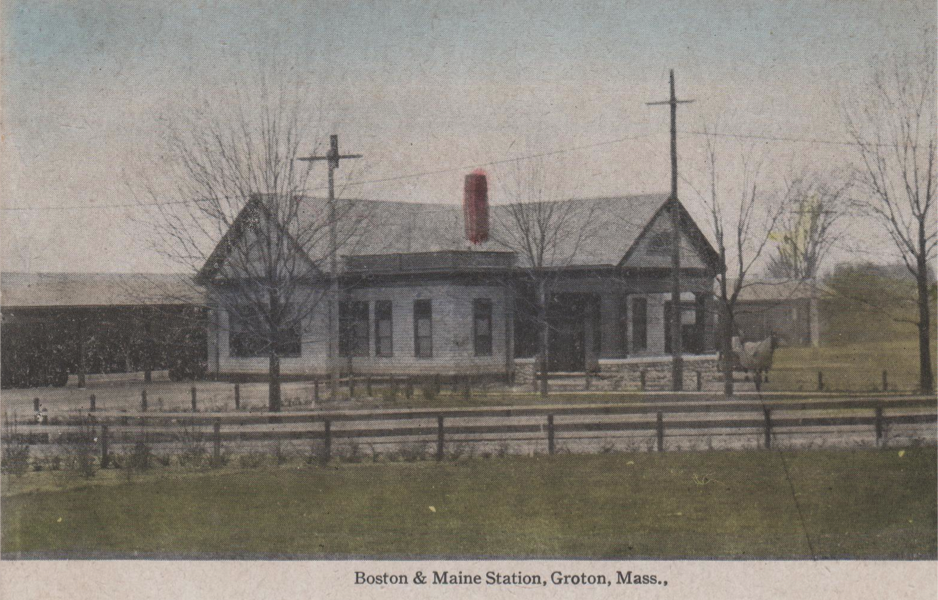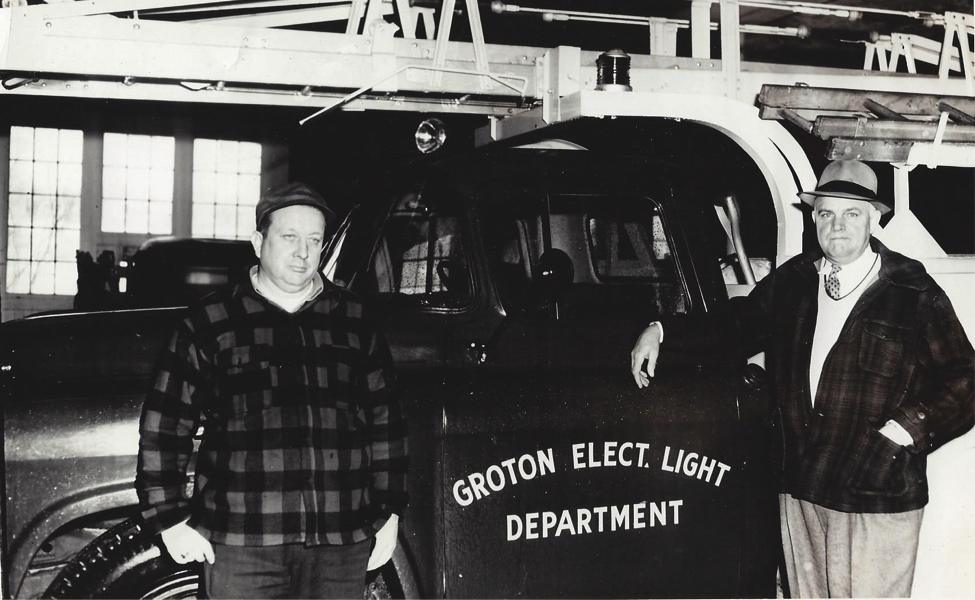The following is excerpted from an article by Charles Emil Ruckstuhl
Twilight was upon the town of Groton, that Saturday afternoon of November 20, 1909. Friday’s Boston newspapers’ weather forecasts called for “Partly cloudy and warmer, Saturday. Rain in the south; rain or snow in the north portion at night or Sunday morning, with a moderate to brisk southwest wind.”.
Henry K. Richards, who was known as the “Father of the Groton Electric Plant”, was standing in his heavy overcoat at the corner of Court and Main Street, waiting. Myron Swallow and Frank Waters, fellow commissioners, were by his side, also waiting. Richards reached in his vest pocket, took out his watch and glanced at it: 4:25 p.m. Twilight was well upon Groton, but in five minutes the nighttime appearance of the town of Groton would be forever changed.
4:30 p.m.: all at once, 184 electric lights of 32 candle-power each (about 100 watts)*, cast a bright, golden glow over the streets of Groton. Five-hundred and seventy poles had been erected to support almost 200,000 feet of copper wire, all deployed in just 121 days after July 22, 1909, when authority was given to construct the Groton Electric Plant at a cost of just under $18,000.
Only a year earlier, at a Town Meeting on November 3, Henry K. Richards, Frank F. Waters and Myron P. Swallow** were charged to look into a way to generate electricity by water power or other, for the sole purpose of lighting Groton’s streets. Acetylene, or gas light, had been considered and ruled out because of cost. Now, Groton, with a population just over 2,100, was ready, and so was the technology.
What today would be called a cost benefit analysis, was conducted by the committee who found that the best arrangement for Groton would be to have the people of Groton own the company, and buy power from other generating sources. Ayer Electric, which became part of Mass. Electric, and then New England Power Company, was chosen as the supplier for Groton’s requirements. Electric power was sold to Groton for $.06 a kilowatt-hour. Groton, in turn, charged consumers $.16 a kilowatt-hour–all three of them! A year later, however, there were 42 consumers, reaching over 100 by 1914, 200 by 1918, and 300 just two years later when the rates were down to $.0225 per kWh. Things were looking up. There were now more than 1,000 power poles in Groton, and more than 100 miles of wire.
The first lines to the supplier in Ayer were similar to what we have running to our household power transformers today: 2,400 volts (except that they were three-wire configurations, known as “delta” systems.) These same lines are still used, but they were augmented in 1975 by a more modern 13,000-volt supply system. For every watt of power that Groton agreed to buy from Ayer Electric in 1909, Groton now uses, not 100 times more, but 3,000 times more! This figure, coincidentally, matches the number of ratepayers in 1987.
Have you seen the huge steel towers supporting a triplet of huge, aluminum wires, crisscrossing our countryside, especially over Route 119, just south of town? Those towers bring power to the U.S.A.: Ayer! Eight hundred and sixty four miles to the north of Groton, up by James Bay, just south of Hudson Bay in Canada, the power line starts. It adds power, dam after dam as it passes by the Descatons Plant, Windsor, Ontario, and then the Cummerford Plant at Monroe, N.H., and finally Sandy Pond in Ayer. With the characteristic efficiency of Direct Current, this ten-year-old 450,000-volt system carries 200,000,000 watts of DC power into Ayer, where it is chopped up into 60- AC by solid-state electronics, and transformed down to commercial and household levels.
This D.C. line acts as a buffer or a “clutch” between U.S. and Canadian AC power systems that can occasionally get out of synchronism. Let a line get down to 59 1/2 ~ from a momentary overload, and a major system will shut down in a fraction of a second. By independently converting DC from Canada to major US AC lines, this potential shutdown hazard is eliminated.
From three customers and receipts of $50 in 1909, to international power feeds, megawatts and huge distances traversed by power lines through vast wildernesses, we see the Groton Electric Light Department continuing its dedicated service, essentially uninterrupted. In 35 years, this writer has used his auxiliary power generating system but once, and even that was unnecessary- That’s the great service we can all ascribe to the Company’s managers from 1909 through today.
*1 watt = 3.5 to 4 cp in those days, ** John H. Robbins and George H. Bixby were also appointed.


